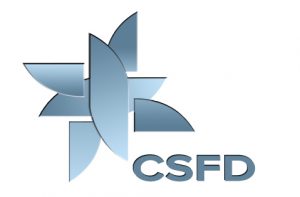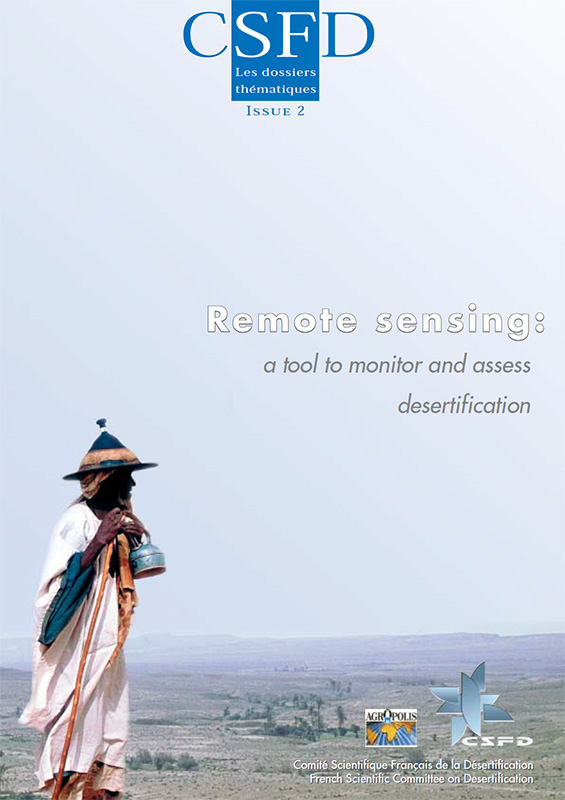A tool to monitor and assess desertification
Remote sensing is a technique that enables to observe the radiation scattered or emitted by the Earth surface. Satellite-based remote sensing allows regular, repetitive, accurate observations of nearly the whole planet, at various spatial and temporal scales, in several wavelength fields.
Such observations render the nature, state, temporal and spatial variations of the properties of the objects at the Earth surface. By way of example, water-covered areas, roughness, soil moisture, changes in the nature of land, density and phenological evolution of the vegetation cover, sand winds, are information included in these observations. Nevertheless, these observations usually combine together, making them more or less difficult to extract from the raw data transmitted by satellites. The science of remote sensing consists in interpreting and processing the series of spatial and temporal images in order to extract such parameters, qualitatively or quantitatively. Desertification is a phenomenon of irreversible land degradation. It results from complex processes linked to the coupled and joint evolution of natural and human-induced factors. The beginning, development and results of such processes are materialised by land surface states and their evolution.
Remotely sensed data consequently include information that the science of remote sensing allows to partly extract with more or less accuracy. Such information coupled with others are involved in various stages of the desertification process. Remote sensing provides useful data; some of them are essential information impossible to collect otherwise (especially in terms of homogeneity and spatial coverage and/or temporal monitoring) for early warning, monitoring the development of desertification phenomena and acknowledging a final state. Among others, remote sensing may allow to determine the impacts of policies to combat desertification. However, because of the mentioned limits regarding the extraction of useful parameters and the part played by the latter in the processes concerned, remote sensing turns out to be a tool among others – certainly a powerful one, but not a scientific, decisional or operational “miracle” solution.
After presenting in detail the technique and science of remote sensing and how it allows to monitor various elements of desertification processes, this brochure deals with the most important and significant cases and brings both aspects together. Several key parameters and processes are studied: roughness, albedo, surface temperature, moisture, vegetation indices on the one hand; vegetation cover monitoring, modifications in the land surface composition in dry environments, wind transportation on the other hand. Examples are developed: evolutions of specific sites, projects under way. Lessons taught by previous experiments are critically analysed, options for the future are designed.


